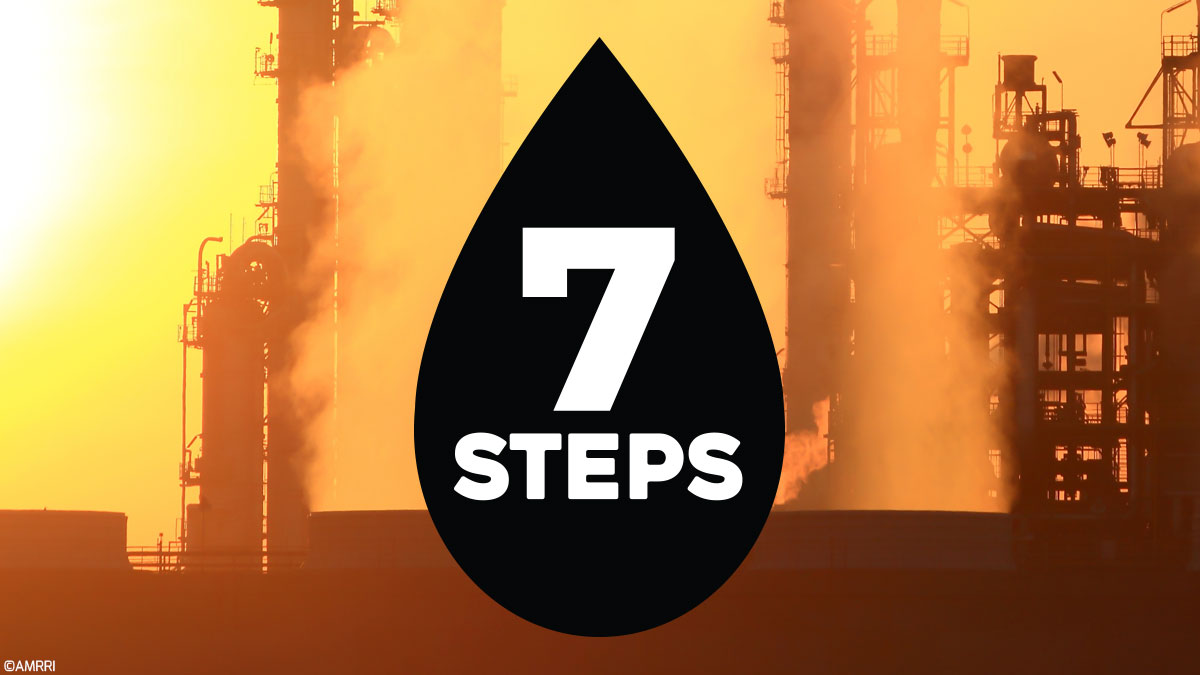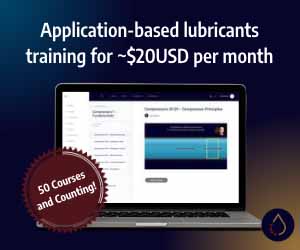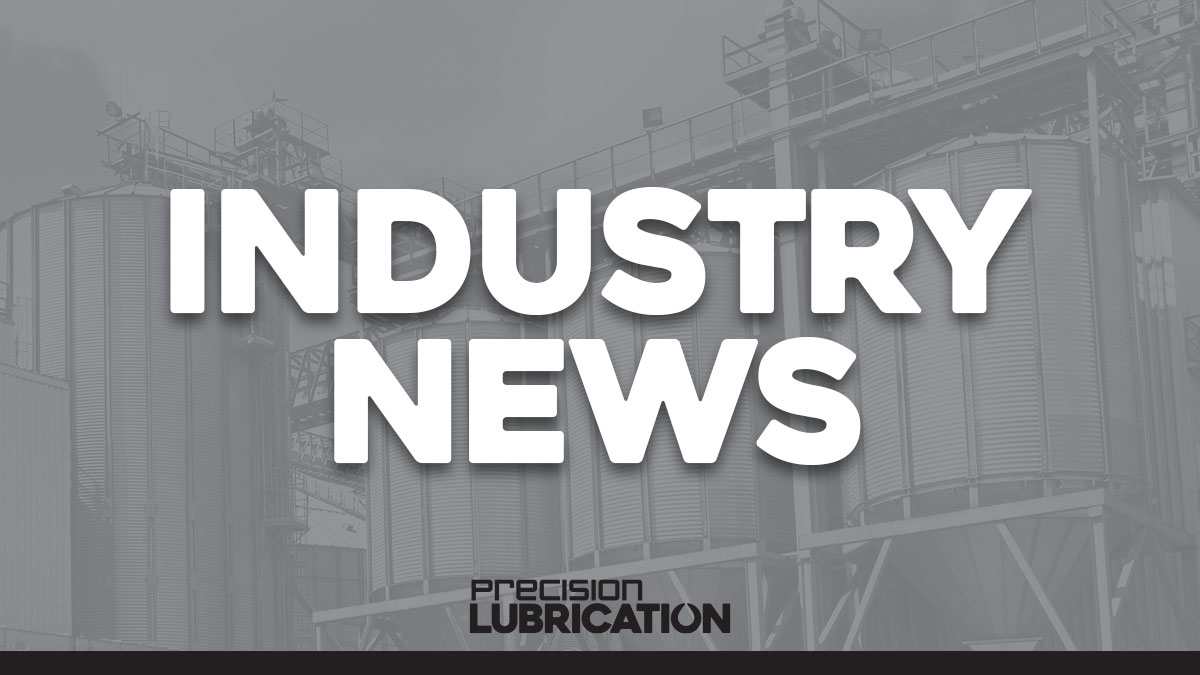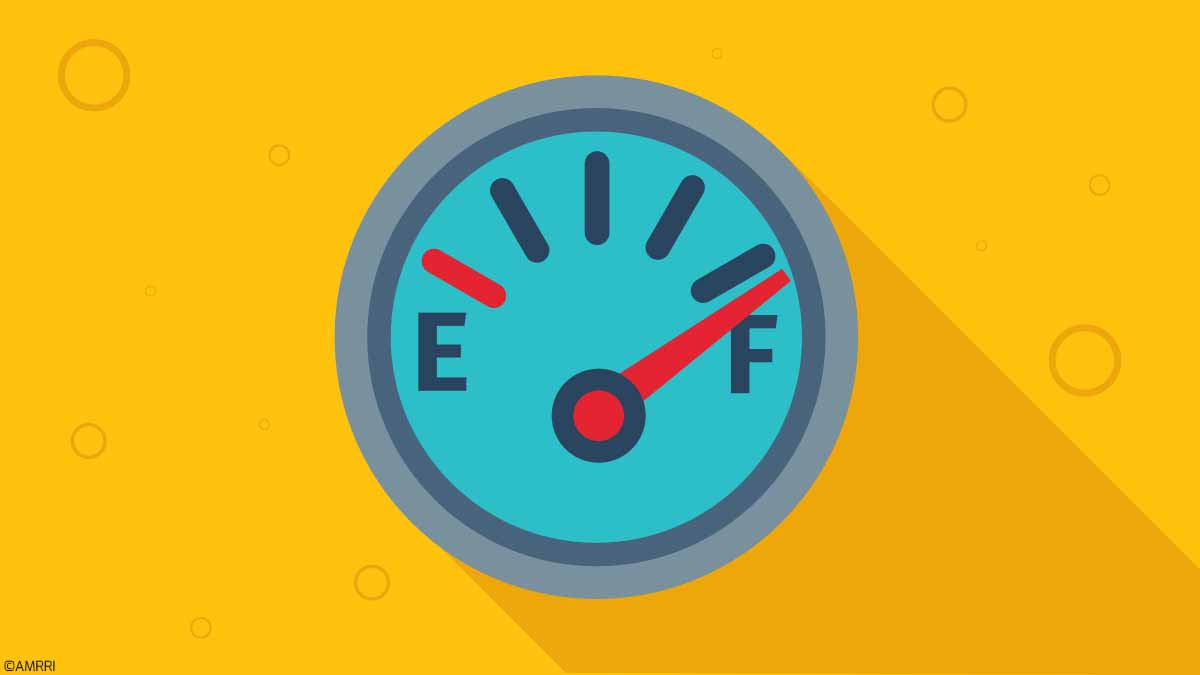When it comes to harsh working environments, the resource sector reflects some of the most brutal. Equipment reliability is paramount in light of such conditions and the typically remote locations of these operations. Although this article focuses on the resource sector, the following information applies to any harsh production environment.
Like many industry segments, the resource sector relies highly on mechanical equipment to power its processes. Up to 70% of mechanical failure is directly/indirectly attributed to ineffective lubrication, and the reliability of that equipment is closely linked to good lubrication practices.
The list of resource-sector equipment that can benefit from GLP is long. It includes, among other things, gear-driven pumps, fans, conveyors, gas/air compressors, generators, cranes, scoop trams, haul trucks, hydraulic systems, couplings, and chains—virtually anything that moves.
The harsh conditions associated with the resource sector manifest differently depending on the operation type. That, in turn, leads to different needs. For example:
- Oil and gas plants in remote locations call for lubricants capable of working in hot and cold extremes.
- Mining operations can place temperature demands on equipment often complicated by dirt and water, calling for suitable lubricants, consistency of application, and excellent filtration.
- Poor access to lubrication points in elevated transfer equipment, such as cranes and conveyors, calls for an engineered approach to providing consistent lubrication, similar to that found in an automated, single-point lubricator.
- While resource-sector material-handling systems and vehicles are designed to take substantial abuse, maintenance of this equipment is often neglected. This situation calls for a diligent approach to lubrication like that found with an automated delivery system and wear-particle analysis to determine oil-change time based on lubricant condition.
Engineered Lubrication Management Program
The resource sector’s brutal, often-remote working environments accelerate the need for an engineered lubrication-management program. Other asset-intensive production operations can also benefit from this type of program.
There’s no better way for any site to begin or enhance a reliability initiative than by implementing such a program or updating its current approach. After all, equipment wear is no respecter of sectors. It’s everywhere.
Equipment wear is caused by friction. Thus, choosing the wrong lubricant, misapplying a lubricant at the wrong time, or allowing a lubricant to become contaminated, will raise the level of friction that retards bodies in motion. More energy is then required to overcome that friction.
Implementing a seven-step engineered approach to lubrication can help reduce an operation’s energy costs, lubricant inventories, consumption, spills, and cleaner equipment.
It can support the reclamation and reuse of existing lubricants and the responsible disposal of old lubricants. And it has the potential to increase equipment reliability, availability, and throughput substantially. Moreover, this seven-step program can make those benefits possible with little or no capital outlay.
Step 1: Lubricant Consolidation
Even now, many companies carry inventories of 20 or more lubricants throughout their respective facilities, often storing those products in half-open containers, exposed to atmospheric contamination and the danger of being spilled.
Today’s lubricants can outperform many of the products that sites have continued to use and purchase over decades. Consolidation programs can quickly reduce lubricant inventories by up to 75% and more, depending on the industry.
The result is lower purchase and carrying costs and simplifying the lubricant application program. (For operations with harsh working environments, it is essential to investigate the use of synthetic lubricants for extreme-temperature situations.)
Remember that consolidation forces an organization to inventory ALL lubricants at the site and list every storage location.
Engage with your lubricant suppliers and have them bid on performing a lubricant consolidation exercise. Such programs are usually offered at little or no cost in exchange for blanket orders that can work in your operation’s favor by fixing lubricant costs for a fixed period.
Step 2: Contamination Control
Contamination is an enemy of both wear surfaces and lubricants. Fortunately, it can be controlled with a little effort and awareness.
Contamination issues are primarily caused by poor storage, handling, and application practices. Fine-tolerance bearing surfaces and radial lip seals don’t take kindly to lubricants carrying abrasive bodies to the wear surface.
Many operations, though, don’t seem to have gotten the message: Grease nipples continue to be greased without first cleaning the grease gun and the nipple. Reservoir lids, breather caps, and lubricant-container lids are left off.
Barrels of lubricants are stored outside, exposed to weather extremes to rust and collect water. And the use of non-dedicated and dirty lubricant-transfer devices has become the norm.
Concerning contamination control, it’s vital for sites to:
- Review how well they keep contaminants from ingressing their lubrication systems.
- Develop improved housekeeping practices.
- Invest in dedicated lubricant-transfer systems offered by their local industrial suppliers.
Step 3: Filtration
Poor machine-filter management can manifest as reduced lubricant flow and cause the bypass of deadly wear contaminants to your bearing surfaces. Ensure filter replacement is made a high priority in your PM program.
To conserve and reuse lubricants, an external pump/filtration cart can be used to clean and ready your large reservoir lubricants for reuse, thereby saving lubricant, change-out, and disposal costs. Contact your local lubrication hardware or filter supplier for details on this easy-to-use system.
Step 4: Spill Containment
It takes work to contend with oil spills. Attention to prevention can help lessen the effort needed to deal with a spill should one occur.
When storing lubricants, ensure all full or partially full containers are kept in an area protected by an impermeable berm that can contain a spill in a localized area.
The containment system can be a steel box tray, a concrete berm system, or one of the many plastic systems sold by your local industrial supplier. In addition, don’t forget to keep a spill-management kit on hand – just in case.
Step 5: Engineered Lubricant Delivery
Under-lubrication and over-lubrication will cause a notable spike in energy requirements: one to overcome the metal-to-metal collision and the other to overcome fluid friction. Tuning your lubricant delivery could lead to up to 20% energy savings.
Invest in a Lubrication Operation Effectiveness Review (LOER) by an accredited lubrication consultant who can make recommendations on how to improve your current approach to delivering the right lubricant, in the right amount, in the right place, at the right time, whether it be from a grease gun or fully automated lubrication system.
Step 6: Lubricant Disposal
Local legislation has forced operations to own their waste and put waste-disposal plans or programs in place.
Many companies operating under a consolidated program have been able to set up a recycling program in which all old reservoir lubricants are taken back, cleaned, reconstituted with additives, and resold back to the originating company as recycled oil at savings of up to 25% of virgin oil. This saves disposal costs and the environment and reduces the purchase cost of new oil.
Collecting your used oil by type makes it easier for the disposal company to work with it and reduces the disposal costs charged to your operation. Engage with your disposal company to learn what type of arrangement is available, then take advantage of it.
Step 7: Lubrication Training
Remember that basic lubrication training can boost understanding and enhance your program.
Although, on the surface, lubrication-related activities seem very intuitive, they comprise what may be the least-understood area of maintenance. Investing in an introductory lubrication training course will facilitate your program immensely.
This article was originally published in The Ram Review.









